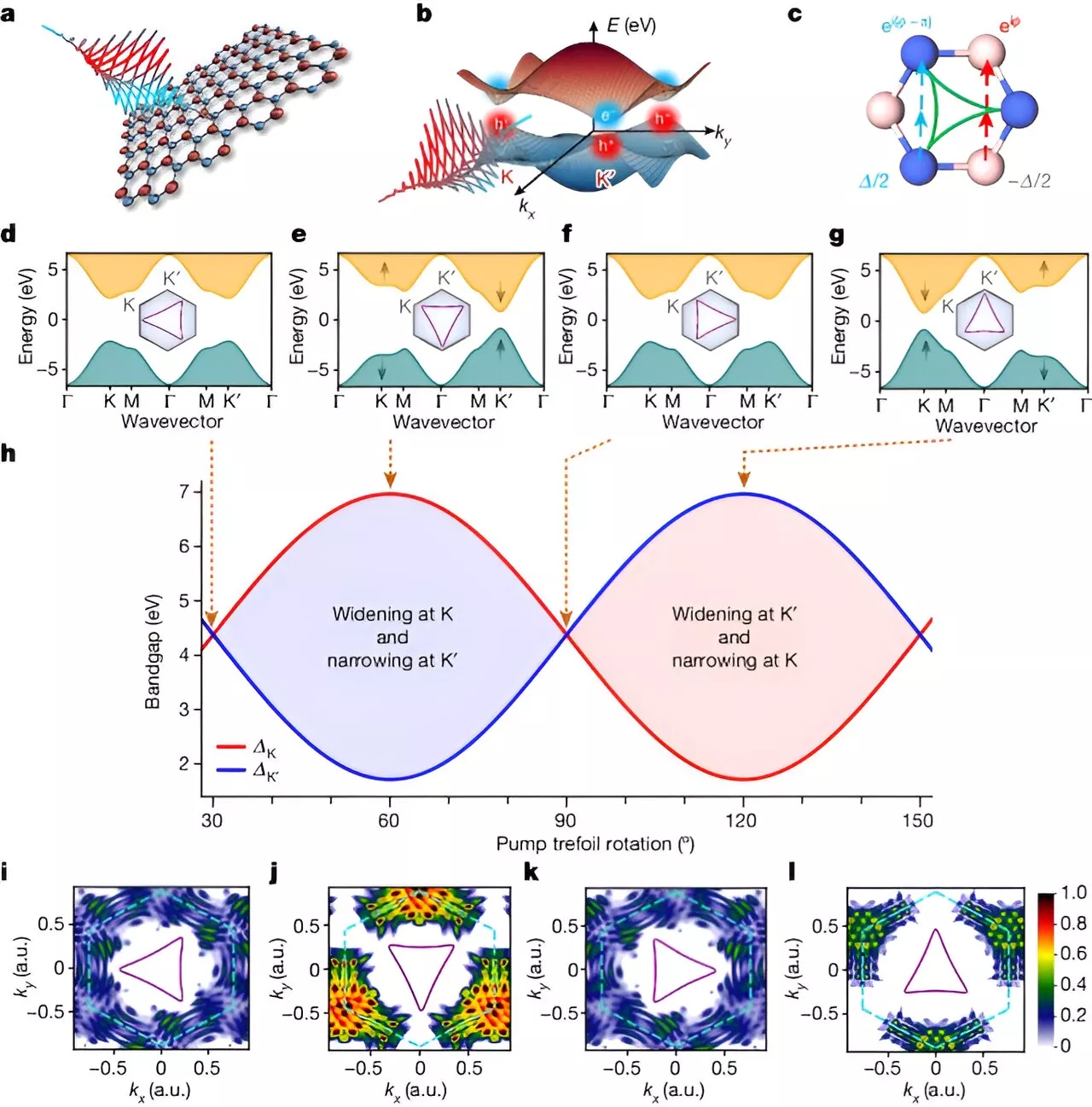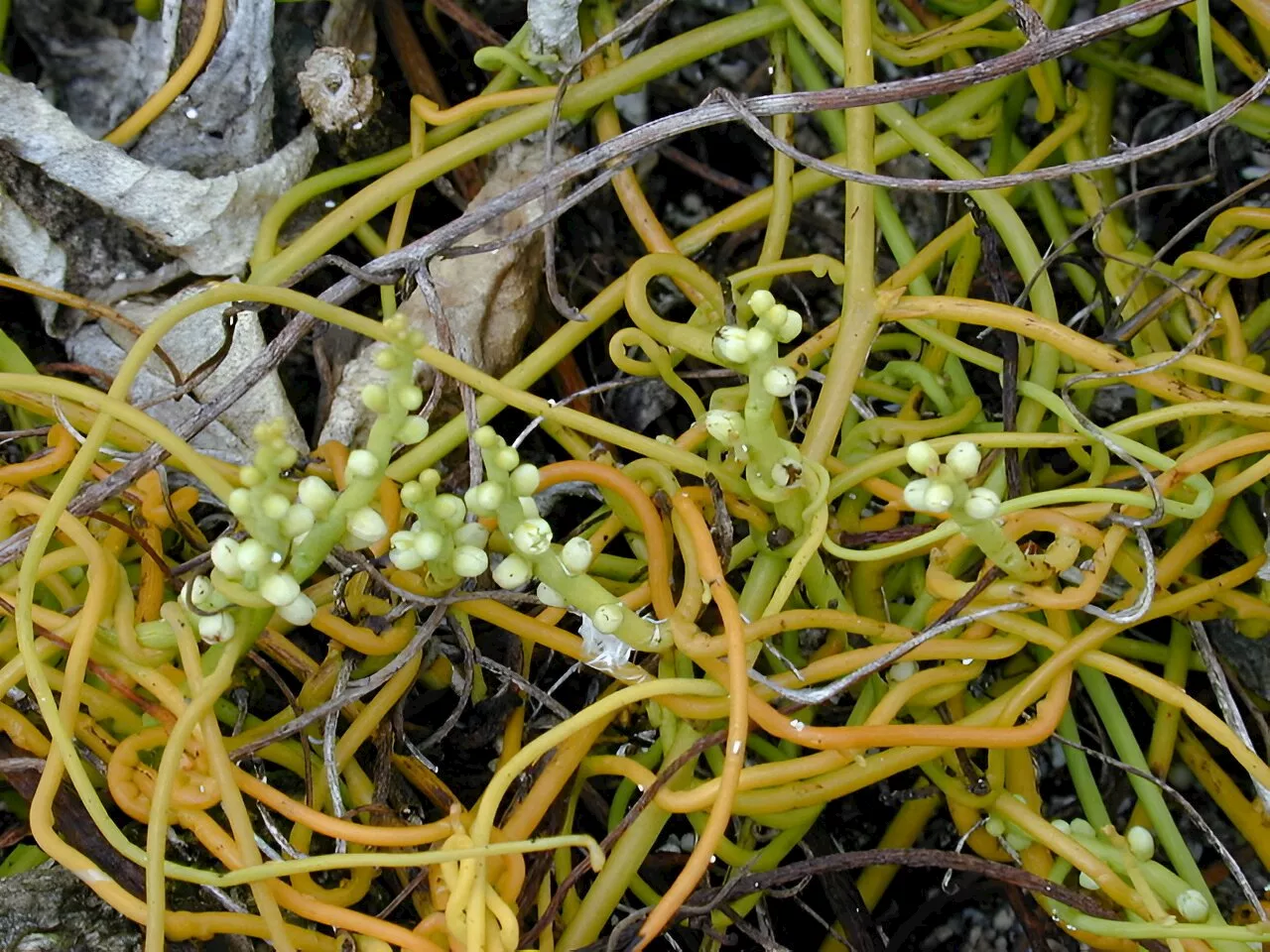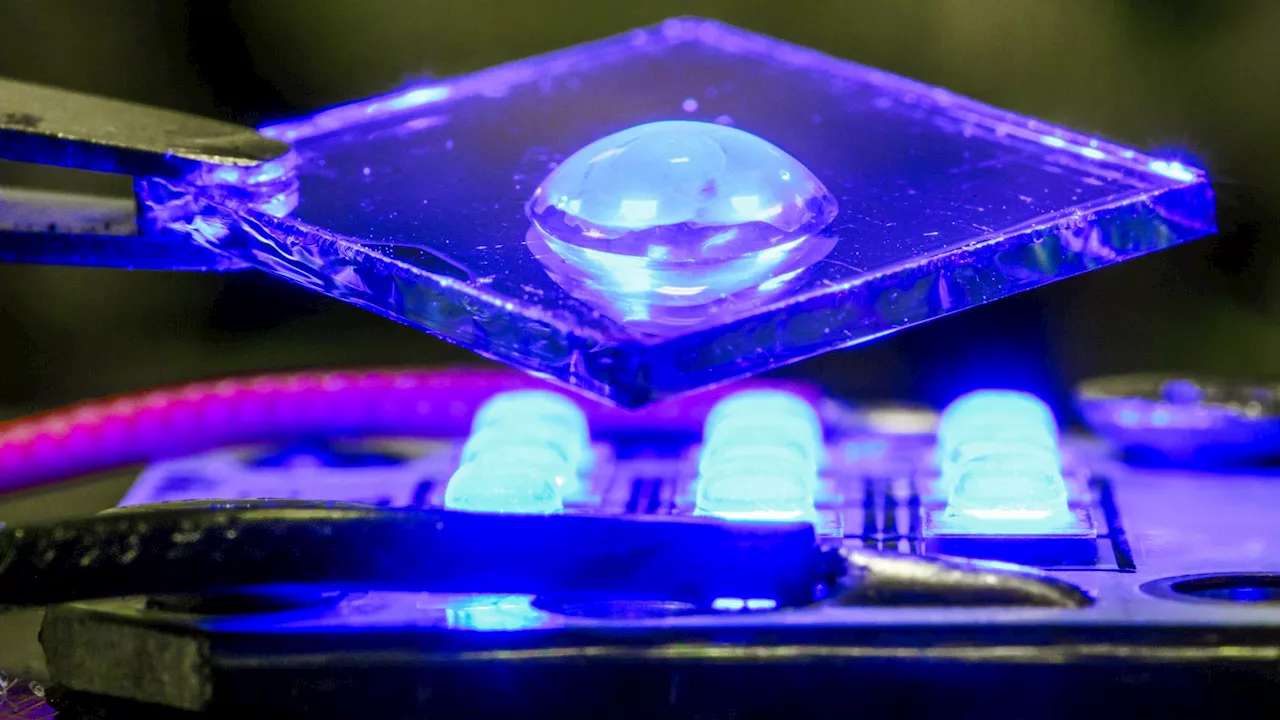A new method to make organic semiconductors more conductive used oxygen as a dopant making it more scalable and cost-effective.
The new method involves dipping the conductive plastic into a special salt solution – a photocatalyst – and then illuminating it with light for a short time resulting in a p-doped conductive plastic., from smartphones, aircraft, and pacemakers to supercomputers and numerous other applications. This mineral, which forms the foundation for modern technologies, shows promise for further advancements.
Unfortunately, standard dopants are usually very reactive causing them to be unstable or expensive, challenging to manufacture, or all of these. “Our approach was inspired by nature, as it shares many analogies with photosynthesis, for example. In our method, light activates a photocatalyst, which then facilitates electron transfer from a typically inefficient dopant to the organic semiconductor material,” stated Fabiano.
Energy &Amp Environment Sustainability
United States Latest News, United States Headlines
Similar News:You can also read news stories similar to this one that we have collected from other news sources.
 One of World’s Leading Honesty Researchers Accused of PlagiarismI am the A.C. Reid Professor of Philosophy at Wake Forest University, where I do research in ethics, moral psychology, and philosophy of religion. I have led projects on character which have received over $10 million in grant funding from the Templeton Foundation, most recently for the Honesty Project.
One of World’s Leading Honesty Researchers Accused of PlagiarismI am the A.C. Reid Professor of Philosophy at Wake Forest University, where I do research in ethics, moral psychology, and philosophy of religion. I have led projects on character which have received over $10 million in grant funding from the Templeton Foundation, most recently for the Honesty Project.
Read more »
 Extreme heat is a problem in Virginia: Researchers want to helpThe summers in Hampton Roads, Va., are hot, but for some residents, swelling temperatures and their impacts can be disproportionately worse.
Extreme heat is a problem in Virginia: Researchers want to helpThe summers in Hampton Roads, Va., are hot, but for some residents, swelling temperatures and their impacts can be disproportionately worse.
Read more »
 Researchers control quantum properties of 2D materials with tailored lightA team of scientists has developed a method that harnesses the structure of light to twist and tweak the properties of quantum materials. Their results, published today in Nature, pave the way for advancements in next generation quantum electronics, quantum computing and information technology.
Researchers control quantum properties of 2D materials with tailored lightA team of scientists has developed a method that harnesses the structure of light to twist and tweak the properties of quantum materials. Their results, published today in Nature, pave the way for advancements in next generation quantum electronics, quantum computing and information technology.
Read more »
 Researchers clarify cryptic differentiation within enigmatic hemiparasitic love vine Cassytha filiformisThe widespread hemiparasitic Lauraceae genus Cassytha currently contains 19 described species, one variety and four forms. This genus is controversial and has not been satisfactorily resolved. Cassytha filiformis is cosmopolitan in tropical and subtropical regions. It is currently the only species reported from China.
Researchers clarify cryptic differentiation within enigmatic hemiparasitic love vine Cassytha filiformisThe widespread hemiparasitic Lauraceae genus Cassytha currently contains 19 described species, one variety and four forms. This genus is controversial and has not been satisfactorily resolved. Cassytha filiformis is cosmopolitan in tropical and subtropical regions. It is currently the only species reported from China.
Read more »
 Researchers discover new clues to how tardigrades can survive intense radiationUniversity of North Carolina at Chapel Hill researchers have discovered that tardigrades—microscopic animals famed for surviving harsh extremes—have an unusual response to radiation.
Researchers discover new clues to how tardigrades can survive intense radiationUniversity of North Carolina at Chapel Hill researchers have discovered that tardigrades—microscopic animals famed for surviving harsh extremes—have an unusual response to radiation.
Read more »
 Researchers Probe Moments of Lucid Clarity Among People With Advanced DementiasLucid episodes are an unexpected occurrence among people with late-stage Alzheimer’s disease and related dementias.
Researchers Probe Moments of Lucid Clarity Among People With Advanced DementiasLucid episodes are an unexpected occurrence among people with late-stage Alzheimer’s disease and related dementias.
Read more »
